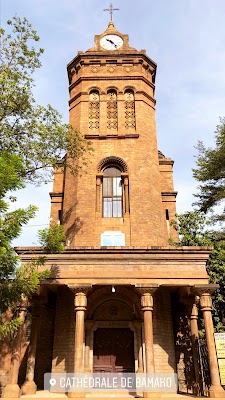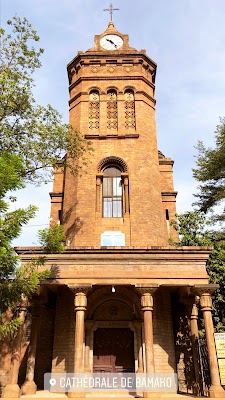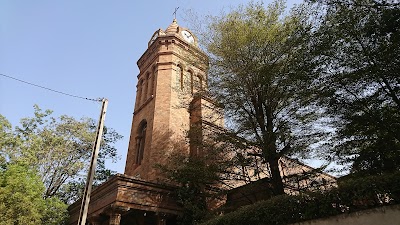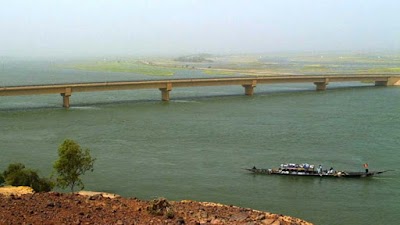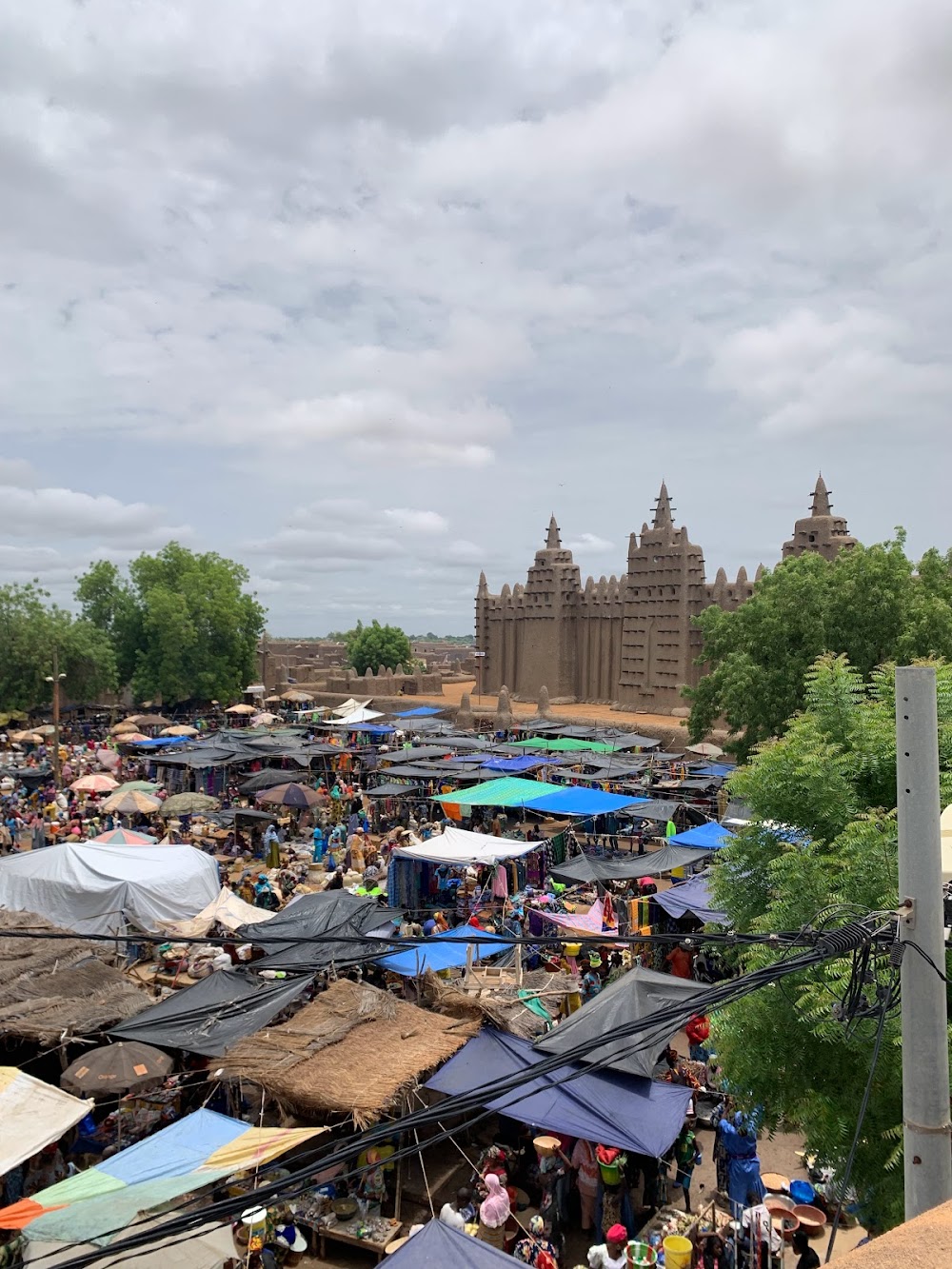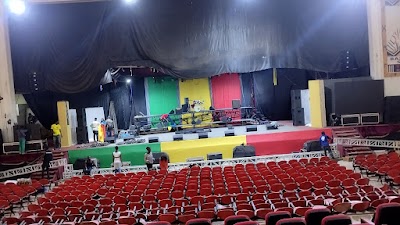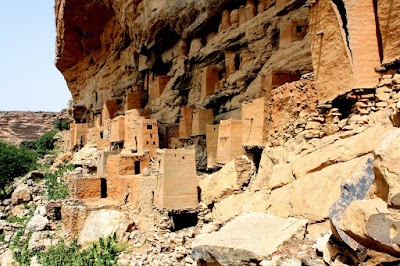Cathedral of Bamako (Cathédrale de Bamako)
Overview
The Cathedral of Bamako, officially known as the Cathedral of the Sacred Heart of Jesus, is a stunning architectural gem nestled in the vibrant capital of Mali, Bamako. This iconic cathedral not only serves as a spiritual haven but also stands as a testament to the rich cultural tapestry of the region. Erected during the colonial era, it is a poignant reminder of Mali’s multifaceted history, inviting visitors to appreciate its unique blend of influences.
Architectural Marvel
Construction of the cathedral commenced during the French colonial period and was completed in 1936. The architects skillfully fused European design elements with local materials and influences, resulting in a distinctive structure that sets it apart from other ecclesiastical buildings in Africa. The cathedral features a striking red-brick façade, twin towers, and an impressive rose window that embody Gothic style while harmonizing beautifully with the African landscape, creating a visual experience that is both familiar and exotic.
Religious Significance
Beyond its architectural allure, the Cathedral of Bamako plays a crucial role in the community as the central place of worship for the Catholic population in the Koulikoro Region. It serves as the seat of the Archdiocese of Bamako, highlighting the diversity and religious tolerance that characterize Mali’s cultural landscape. Despite the country's predominantly Muslim population, the cathedral stands as a symbol of coexistence and harmony among different faiths, making it an important site for all visitors.
A Serene Interior
Stepping inside, visitors are often captivated by the cathedral's serene and uplifting atmosphere. The interior is adorned with vibrant stained-glass windows that narrate biblical stories, casting a kaleidoscope of light across the pews. The soaring vaulted ceilings and intricate woodwork draw the gaze upward, fostering a sense of reverence and contemplation. Many find themselves enveloped in peace and reflection as they stroll through the hallowed halls, making it a perfect sanctuary for quiet introspection.
National Events and International Significance
The Cathedral of Bamako has also played a significant role in national events, hosting various important ceremonies, including state funerals and national prayers. This underscores its importance as not only a religious center but also a landmark of national significance. The cathedral has welcomed dignitaries and leaders from around the globe, enhancing its reputation as a site of international interest.
Missionary House
An intriguing feature of the cathedral is the adjoining Missionary House, also known as the Presbytery. This building serves as the residence for clergy and offers additional insights into their daily lives and duties. Guided tours of the Missionary House provide a deeper understanding of the church’s operations and its role within the community, enriching the visitor experience.
Visiting the Cathedral
For those planning a visit to Bamako, the cathedral is easily accessible and often included in guided city tours. It’s advisable to check the schedule of masses and events, as experiencing a service can add an enriching layer to your visit. Nearby, you’ll find other historical landmarks and lively markets that reflect the vibrant spirit of Bamako, making the cathedral a perfect starting point for your exploration of the city.
In summary, the Cathedral of Bamako is more than just a place of worship; it is a historical monument that embodies the spirit and resilience of Mali. With its architectural beauty, cultural significance, and serene atmosphere, it is a must-visit destination for any traveler in the region. Whether you are an architecture enthusiast, a history buff, or someone seeking tranquility, the cathedral offers something for everyone. The story of the Cathedral of Bamako is a vivid testament to the enduring legacy of Mali's rich and diverse heritage, welcoming visitors from all corners of the globe to witness its splendor firsthand.


